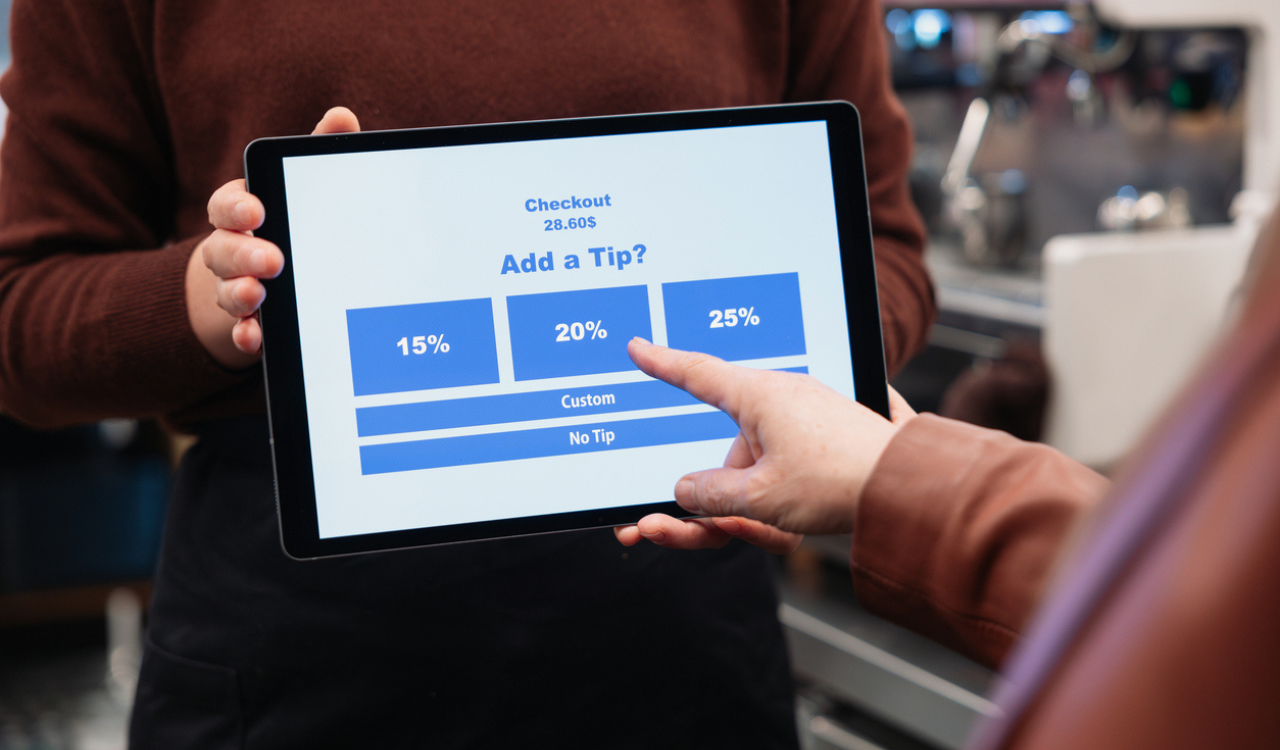Maybe you could call it a false positive. Over the past few weeks, we’ve seen a fairly steady parade of surprisingly positive numbers from all sorts of big public retailing companies. Many have been on the lower rungs of the economic pyramid, a territory that was projected to be suffering more than the retail field in general. Some were recent problem children of the industry; retailers that had been struggling to remake themselves in the face of the never-ending shifts in the buying psyches of the American consumer. And some were industry stalwarts that seem to have endless supplies of black ink when it comes to financial reporting.
Retail, inevitably a zero-sum game, has had more than its fair share of players who are on the borderline. Some, like Rite Aid and At Home, have ended up in bankruptcy, while Walgreens was acquired and taken private by private equity giant Sycamore. Macy’s is perhaps the most talked-about struggling retailer, but in its most recent quarter, it beat analyst forecasts.
Fake News?
So, are we to deduce that maybe the doom-and-gloom forecasts that have been circulating recently are way off base? Are the economic policies of the current U.S. administration really working and are things getting better? Could we be entering a time of milk and honey? The Golden Age?
Nah. As much as it would be nice to confirm that the people running our country actually know what they’re doing, there’s a much more realistic explanation for all this apparent positivity: This is the calm before the tariff storm. It’s the period when American consumers — terrified up to their credit limits — know that if they don’t pull their purchasing triggers right here and right now, they are going to get nailed this fall and into the fourth quarter when the full effects of the tariffs truly hit. Panic buying is as good a name for it as anything. There’s no other way to explain it. For an in-depth look at the unintended consequences of the tariffs, check out my TRR colleague Sarah Holbrook’s report that ran this week.
The Lower End
The soothsayers have been thinking that the bottom of the marketplace was going to get slammed the worst in any coming economic maelstrom. Sure, there would be some trading down, but it would be more than cancelled out by falloffs in buying activity by consumers most economically pressed. For these shoppers, it wouldn’t be a matter of trying to find the best prices; it would be that no price is low enough, and I’m not buying anything.
But if this prediction is true, it sure isn’t happening yet. We saw some of the big retailers that play the price game truly shine recently. Of course, leading the pack is Walmart, the biggest retailer on the planet, which has been on a spectacular hot streak recently. Its second-quarter results issued in August were up 4.6 percent in comp store sales for its U.S. operations, with its average ticket up 3.1 percent, which is pretty impressive considering its price points.
A lot of Walmart’s gains are market share gains as Target continues to struggle and the Boys from Bentonville get better and better at ecommerce. But also, Walmart has said it is bringing in more affluent shoppers, and that can only mean those consumers are trading down and sacrificing their normal retail haunts. No doubt they are smart enough to see what’s coming.
Down the highway, Dollar General had an even better quarter, with sales up 5.1 percent. Comps were lower than Walmart, up 2.8 percent, but there was a 1.5 percent increase in customer traffic and a 1.2 percent boost in average transaction purchase.
There were other wins on the lower steps of the retail pyramid, but it’s the increase in transaction size that, more than anything says consumers are bulking up in anticipation of the tariffs hitting the fan.
Turnarounds Turning Around
Retail, inevitably a zero-sum game, has had more than its fair share of players who are on the borderline. Some, like Rite Aid and At Home, have ended up in bankruptcy, while Walgreens was acquired and taken private by private equity giant Sycamore. Macy’s is perhaps the most talked about struggling retailer, but in its most recent quarter, it beat analyst forecasts, and its core group of GoForward locations showed positive sales gains. Overall revenues for the big department store player did decline, but this ended up being the most positive set of numbers it has issued in quite some time. Again, this is at least partially reflective of a better strategy that emphasizes enhanced merchandising tactics and the ongoing deemphasis of marginal stores. But you have to reason that consumers also reacted to the tariff timing, thinking they better get their fix of Macy’s national and private brand goods before prices go up.
Perhaps Macy’s closest competitor these days, Kohl’s, didn’t have quite as good a quarter as its top and bottom lines remain mired in soft territory. But the retailer beat most analyst projections and, as such, its stock got a nice boost this quarter. There’s still so much more work to be done here — a permanent CEO for starters — but the old rising tide theory certainly helped Kohl’s this time around.
The Usual Suspects
If you have to point to any retail sector that seems to keep outperforming everyone else, it’s, of course, off-price. And within that sector, it’s TJX. Its most recent quarter continued its hot run, as well as continuing to beat analyst forecasts. Ross and Burlington also had solid quarters, and while this proves the consumer continues to respond to the off-price model, it also confirms that shoppers believe these players are somehow immune to tariffs and have the prices to prove it. Of course, this is not exactly true, but often perception beats reality…in fact, it usually does.
Watch for off-pricers to continue to beat the rest of the field, picking up more market share as tariffs really start to impact the cost of goods across the entire retail spectrum. TJX and the rest will get hit too — despite their claims otherwise — but they will be better at hiding it in their cavernous, 16-turns-a-year assortments.
Coming Soon to a Store Near You
We also saw positive results across a number of retail sectors, including mid-priced fashion chains, home improvement big boxes and home and furniture retailers. But anyone paying attention and ignoring the partisan rhetoric can see that the first signs of the damage tariffs are doing to the American economy are starting to pile up now. This is only going to get more so. That’s why you shouldn’t be surprised to see the retail numbers that start to come out in October and early November telling a very different story from the ones we’ve just seen. Rather than across-the-board success stories, the winners will be more isolated and the list of losers longer. In the meantime, anyone in the retail business should savor what we’ve just seen. But don’t get used to it, it won’t last.





